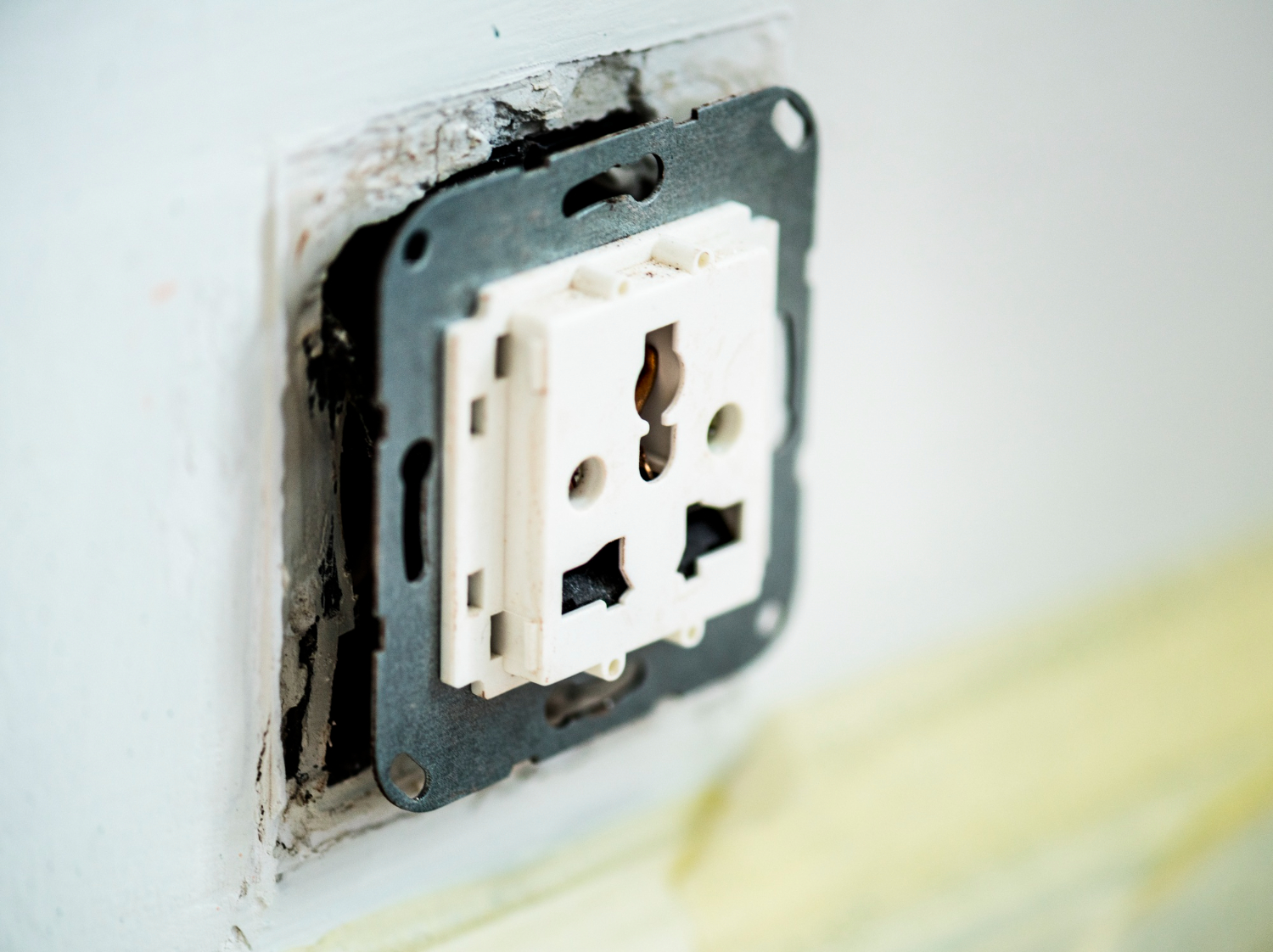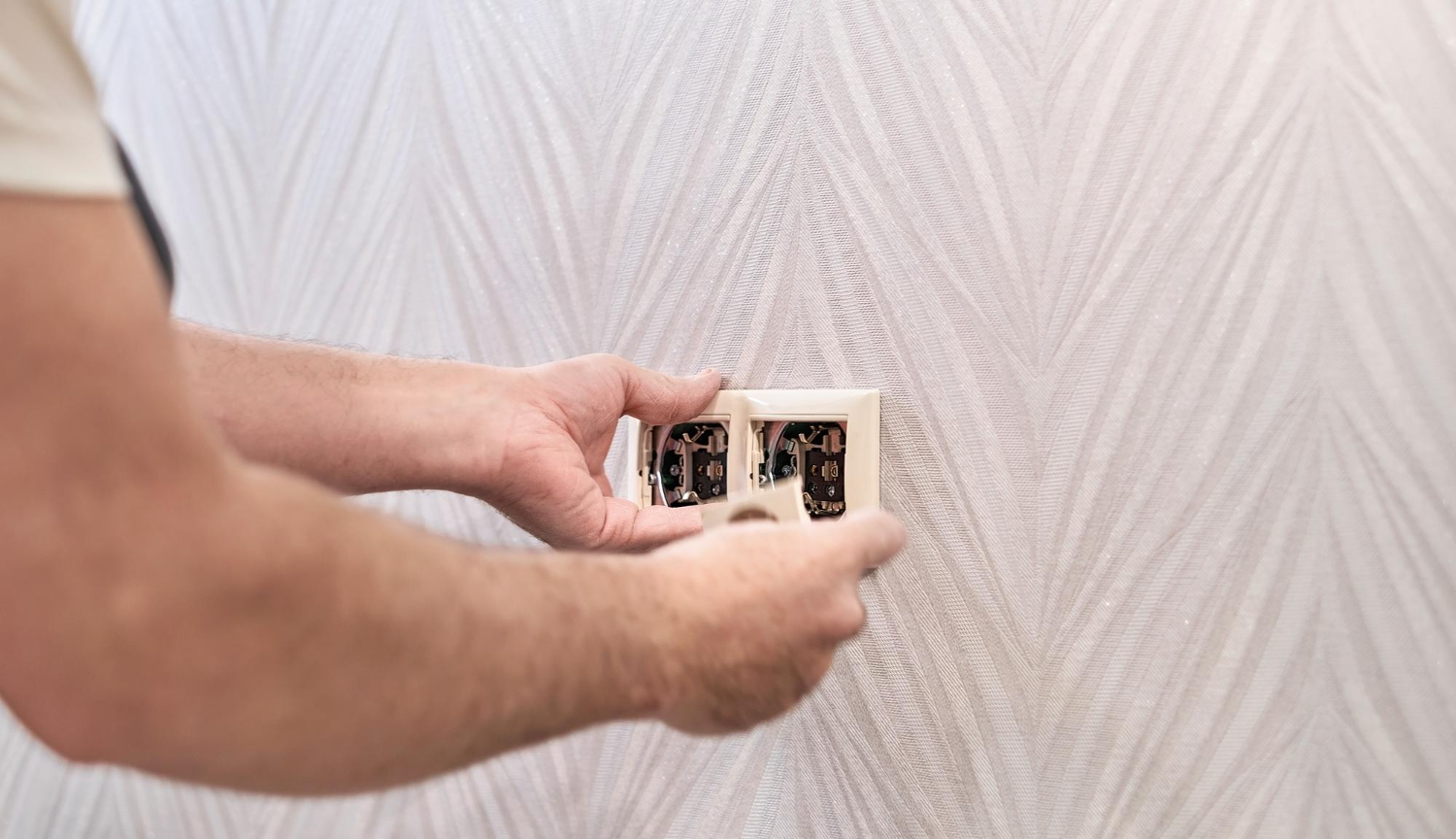Can a circuit breaker go bad? The answer is yes, and often.
If you’re concerned that you may have a bad circuit breaker, read this post on how to know if a circuit breaker is bad and what to do to rectify the problem to ensure your family’s safety.
Common Symptoms That You Have a Bad Circuit Breaker
Before looking at the symptoms of a bad circuit breaker, let’s consider what causes a circuit breaker to go bad. In most cases, the blame lies with overloaded circuits, ground faults, power spikes, power surges, short circuits, and poor wiring.
Bad circuit breakers display the following signs:
- Burning smell: Indicates a breaker malfunction. Immediately shut off the main power and contact a professional to avoid a house fire.
- Breaker’s hot to touch: A breaker or electric panel that feels hot often means an overloaded circuit. When this occurs, turn off the power to the house and call an electrician immediately.
- Breaker frequently trips: Circuit breakers trip for various reasons, including a defective breaker. If a breaker continuously trips when you turn on the lights or an appliance, it may be time to replace the breaker.
- Longevity of breaker operation: Breakers wear out with prolonged use and require replacement to address the issue.
- Evident circuit breaker damage: If you notice external damage to a breaker or the electrical panel, contact a professional to repair any affected areas.
- Old age: The age of the house and the electrical system can help identify a faulty breaker. Old breakers can continuously trip, requiring replacement.
Tools Needed for This Task
An important part of how to know if a circuit breaker is bad includes checking its functionality. To do this, you’ll need the following:
- Digital Multimeter
- Electric Safety Gloves
- Needle-nose Pliers
Steps on How To Tell if a Circuit Breaker Is Bad
Consider these next steps on how to check if a circuit breaker is bad:
- Remove all connected devices and appliances to prevent damaging power surges.
- Put on your electrical safety gloves and remove the breaker panel by opening the hand-held lock or unscrewing the panel from the box.
- Probe the circuit breaker with a digital multimeter. This is a crucial step in how to test if a circuit breaker is bad because any faults discerned here will probably confirm your diagnosis.
- Connect the black wire to the multimeter’s “COM” slot as you connect the red wire to the slot labeled “V and Omega (Ω)” to correctly pick up the circuit breaker’s voltage.
- Connect the red wire’s testing tip to the screw holding each of the individual breakers handles as you hold the black wire’s tip to the circuit breaker’s neutral bar beside the breaker handles.
- Your multimeter should read approximately 120–250 V. If you get a zero-voltage reading, your circuit breaker has malfunctioned, and you’ll need to replace it.
Why It’s Important To Know if Your Circuit Breaker Is Bad
A bad circuit breaker presents many dangers to your home. It can cause electrocution, electrical burns, and electrical damage to connected devices and appliances. Bad circuit breakers are also a leading cause of electrical fires in the home.
Checking routinely for bad circuit breakers can help you identify and repair any issues before any real damage occurs.
ESD: Your Quality Circuit Breaker Provider
We hope this information on how to know if a circuit breaker is bad will help you take the necessary steps to replace it as soon as possible. If you experience constant circuit breaker problems, however, it may be time to call in a licensed electrician to show you how to replace a bad circuit breaker safely.
Contact ESD LLC at 425-419-4167 to get professional help with general electrical repair and circuit breaker replacement today.
See Related Article Here:
Electrical Panel Labeling Standards
How to Wire an Electrical Sub Panel



